Advertisement
Artificial Intelligence (AI), Machine Learning (ML), and Deep Learning (DL) are often used interchangeably, but they represent different concepts in the world of computer science and data processing. While these technologies are closely related, each has distinct functions, applications, and scopes.
Whether you're a tech enthusiast, a business leader, or someone curious about the future of automation, understanding the differences between AI, ML, and DL is essential. This knowledge helps you make informed decisions, adapt to evolving technologies, and harness them effectively in real-world situations. This article will break down each concept, highlight its unique features, and explore practical use cases.
Artificial Intelligence refers to the broad concept of machines simulating human intelligence. This includes reasoning, problem-solving, language understanding, and learning. AI systems are designed to mimic human actions and make decisions based on data. AI is the umbrella term that covers all techniques that enable machines to mimic human intelligence.
There are two main types of AI:
AI applications include virtual assistants, chatbots, recommendation systems, and autonomous vehicles.
Machine Learning is a subset of AI that focuses on the idea that systems can learn from data, identify patterns, and make decisions with minimal human intervention. Instead of being explicitly programmed, ML algorithms are trained using large volumes of data.
There are three major types of ML:
Machine Learning enables applications like spam filters, fraud detection systems, recommendation engines, and predictive maintenance tools. Its success largely depends on the quality and quantity of data fed into the algorithms.
Deep Learning is a specialized subset of ML that uses artificial neural networks to model complex patterns and solve advanced problems. These networks simulate the human brain's functioning through layers of interconnected nodes. Deep Learning systems can analyze massive amounts of unstructured data, such as images, videos, and audio.
Examples of deep learning include:
DL typically requires large datasets and significant computing power. It powers applications like Siri, Alexa, Google Translate, and facial recognition tools.
AI: A broad field focused on simulating human intelligence in machines through rule-based or learning systems.
ML: A subset of AI that enables systems to learn from data and improve over time without explicit programming.
DL: A further subset of ML that uses artificial neural networks to process data and make decisions like a human brain.
AI: Can function using logic-based rules without needing large data sets.
ML: Requires structured and labelled data to learn patterns and make predictions.
DL: Needs vast amounts of unstructured data (like images or audio) to perform accurately.
AI: Includes both simple algorithms and highly intelligent decision-making systems.
ML: Involves moderately complex models, from linear regression to ensemble methods.
DL: Uses deep, multi-layered neural networks, making it the most complex and data-hungry.
AI: Many AI applications run smoothly on basic computing systems.
ML: May need powerful CPUs or GPUs during the training phase.
DL: Requires advanced hardware like GPUs/TPUs to handle deep models and large datasets.
AI: Often rule-based, making the decision logic transparent and easy to follow.
ML: Most ML models provide some level of interpretability and insight into decision-making.
DL: Functions as a "black box"—decisions are hard to explain due to its complex architecture.
AI: Best for automation, chatbots, expert systems, and robotics.
ML: Ideal for data-driven applications like fraud detection or recommendation engines.
DL: Suited for complex tasks such as image classification, voice recognition, and natural language processing.
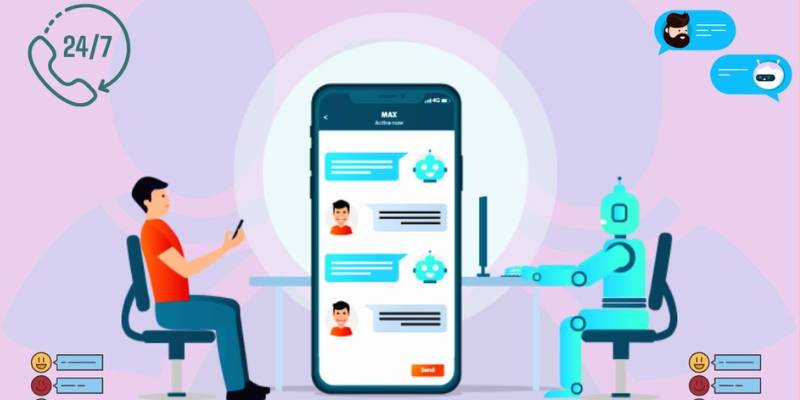
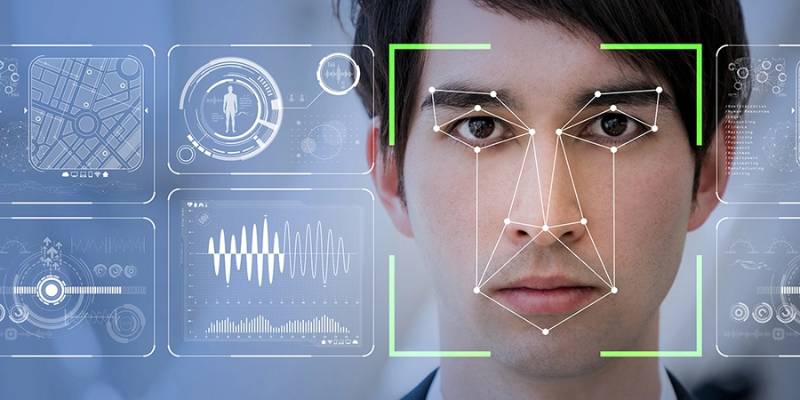
AI, Machine Learning, and Deep Learning may appear interchangeable, but each serves a unique purpose in intelligent automation. By grasping their distinctions and strengths, you can make informed decisions when building applications, launching a startup, or investing in digital transformation.
The practical applications of these technologies are transforming lives and industries, from streamlining healthcare to powering autonomous vehicles. Now is the time to embrace the possibilities. Understand the technology, harness its power, and lead in a world driven by intelligent systems.
Advertisement

Discover Oracle’s GenAI: built-in LLMs, data privacy guarantees, seamless Fusion Cloud integration, and more.

Learn how the Python list extend() method works with practical, easy-to-follow examples. Understand how it differs from append and when to use each
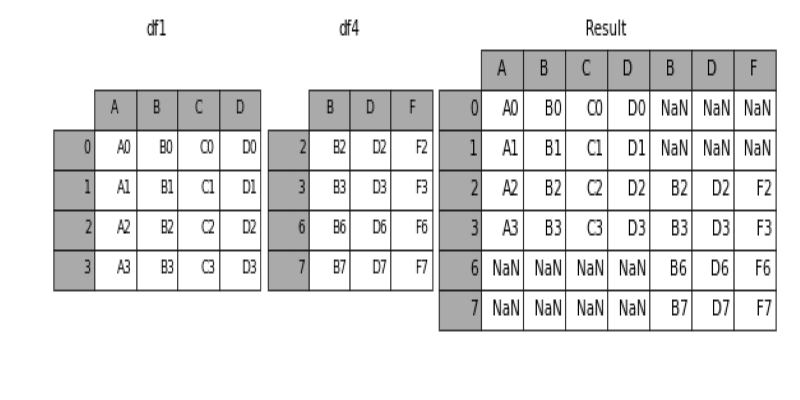
Learn how to concatenate two or more DataFrames in pandas using concat(), append(), and keys. Covers row-wise, column-wise joins, index handling, and best practices
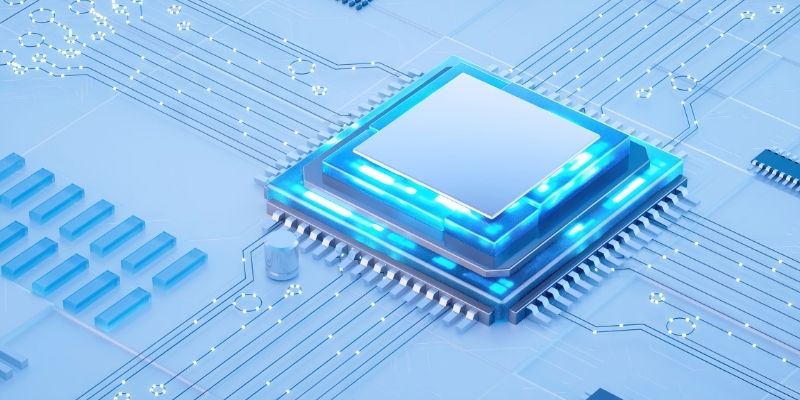
Compare Intel’s AI Gaudi 3 chip with Nvidia’s latest to see which delivers better performance for AI workloads.
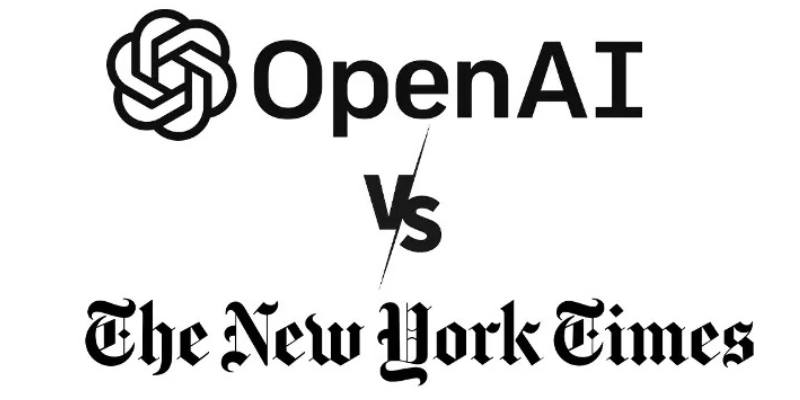
Explore how the New York Times vs OpenAI lawsuit could reshape media rights, copyright laws, and AI-generated content.

Think generative AI risks are under control? Learn why security issues tied to AI models are growing fast—and why current defenses might not be enough

Learn how to loop through dictionaries in Python with clean examples. Covers keys, values, items, sorted order, nesting, and more for efficient iteration

Need to share a ChatGPT chat? Whether it’s for work, fun, or team use, here are 7 simple ways to copy, link, or export your conversation clearly

Understand deepfakes, their impact, the creation process, and simple tips to identify and avoid falling for fake media.

Box adds Google Vertex AI to automate and enhance document processing with advanced machine learning capabilities.

Learn how to connect Kafka to MongoDB and build a simple, reliable data pipeline that moves real-time messages into a NoSQL database efficient-ly

Need to save your pandas DataFrame as a CSV file but not sure which method fits best? Here are all the practical ways to do it—simple, flexible, and code-ready